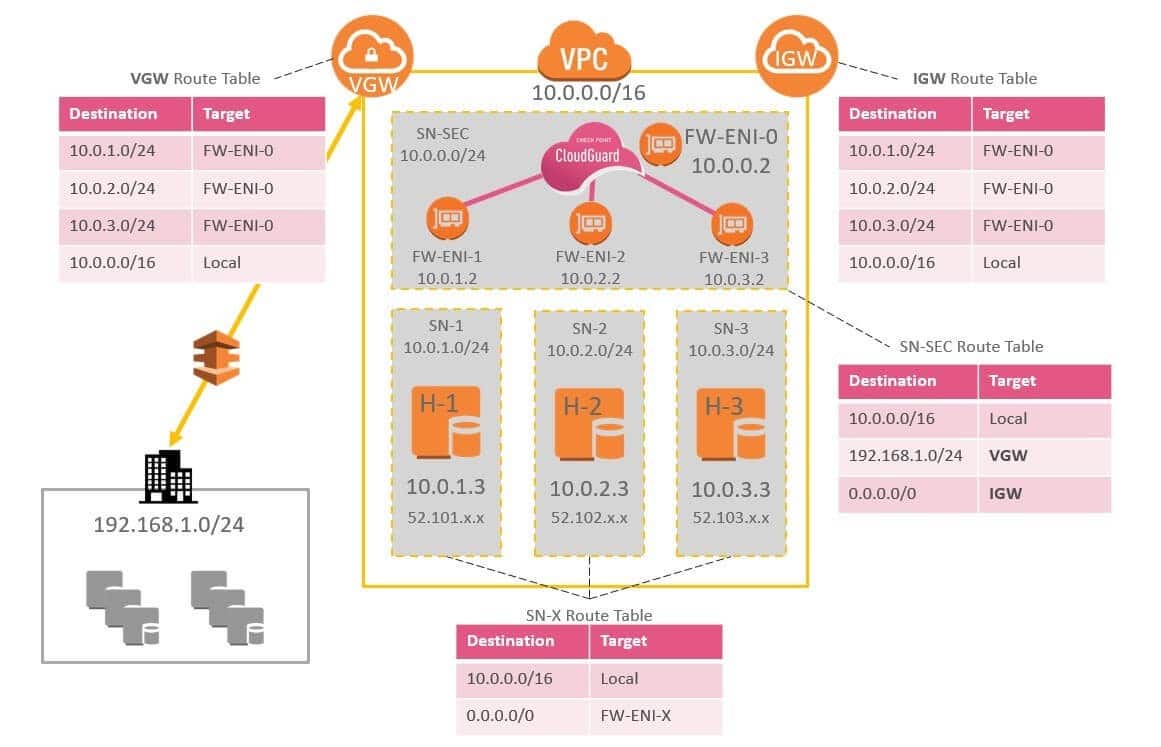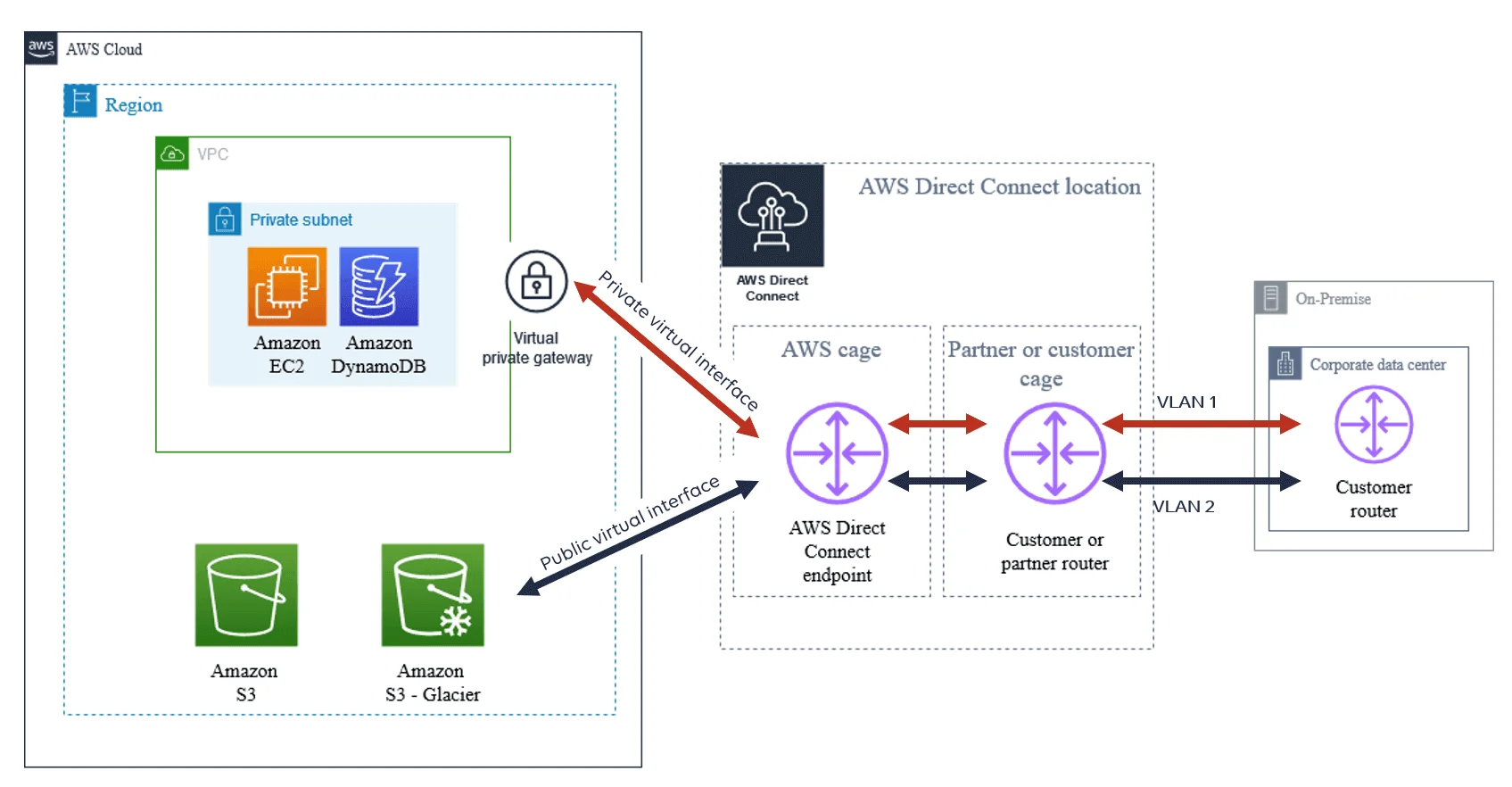AWS VPC Costs: How To Optimize & Reduce Your Spending!
Are you grappling with the complexities and costs of managing your virtual private cloud (VPC) environment on Amazon Web Services (AWS)? Navigating the pricing structures and understanding how your usage translates into charges can be a significant hurdle, but mastering these aspects is crucial for optimizing your cloud infrastructure and avoiding unexpected bills.
The world of cloud computing, particularly within the AWS ecosystem, offers unparalleled flexibility and scalability. However, with this power comes the responsibility of understanding the underlying cost models. Amazon VPC, a cornerstone service for creating isolated network environments, is no exception. While AWS provides a robust set of tools and features, the associated costs can sometimes be opaque, leading to confusion and frustration for users.
Let's delve into the core components and cost considerations of Amazon VPC, breaking down the elements that contribute to your monthly bill. Understanding these aspects will not only help you manage your spending more effectively but also empower you to make informed decisions about your infrastructure design.
The foundation of any VPC setup lies in its core functionality. You are essentially creating a logically isolated virtual network dedicated to your AWS account. Within this network, you can launch your AWS resources, such as Amazon EC2 instances, databases, and other services. The design and implementation of your VPC environment can significantly impact your costs.
Understanding the Pricing Landscape: Key Components
The pricing model for Amazon VPC is multifaceted and depends on various factors. While there is no upfront cost for using the service itself, the usage of specific features and associated resources incurs charges. Here's a breakdown of the main cost drivers:
- EC2 Instance Usage: The most significant cost component is often the usage of Amazon EC2 instances launched within your VPC. The price varies depending on the instance type, operating system, and region.
- Data Transfer: Data transfer charges apply for traffic moving in and out of your VPC, as well as between Availability Zones within a region.
- NAT Gateways: NAT (Network Address Translation) gateways enable instances in private subnets to connect to the internet. You are charged per hour for NAT gateway availability and per gigabyte of data processed.
- VPC Endpoints: VPC endpoints allow you to privately connect to other AWS services without using the public internet. While the connection itself is free, usage of the service through the endpoint might incur charges.
- IP Addresses: Using public IP addresses and Elastic IP addresses will incur cost.
- Other Services: The use of other AWS services within your VPC, such as load balancers, databases, and storage, will generate charges according to their respective pricing models.
Lets explore each of these cost components in greater detail, providing insights into how to optimize each area.
EC2 Instance Costs:
EC2 instances form the backbone of many applications hosted in a VPC. The costs associated with EC2 instances are determined by the instance type (e.g., memory-optimized, compute-optimized), the operating system, and the region where the instance is located. Instances are billed on a per-hour or per-second basis, depending on the instance type and your chosen billing model (e.g., on-demand, reserved instances, spot instances).
To optimize EC2 costs, carefully consider your instance needs. Choose the instance type that best suits your workload's requirements to avoid overspending on resources you don't fully utilize. Also, explore Reserved Instances or Spot Instances for more cost-effective pricing options. Reserved Instances offer significant discounts for a commitment to using an instance over a specified term. Spot Instances, on the other hand, provide the opportunity to bid on spare EC2 capacity, often at a fraction of the on-demand price, making them ideal for fault-tolerant applications.
Data Transfer Costs:
Data transfer costs are incurred when data moves in and out of your VPC and also between Availability Zones within the same region. Data transfer charges are applied for traffic leaving an Availability Zone (egress traffic). Data transfer between instances within the same Availability Zone is typically free.
To reduce data transfer costs, design your architecture to minimize data movement. Place resources that communicate frequently in the same Availability Zone. Utilize techniques like caching and content delivery networks (CDNs) to reduce the amount of data transferred from your VPC. For data transfer between regions or to the internet, consider using AWS services like AWS CloudFront, which can help to optimize data transfer costs.
NAT Gateway Costs:
NAT gateways enable instances in private subnets to connect to the internet. NAT gateways are charged per hour for their availability, plus data processing charges per gigabyte processed.
To optimize NAT gateway costs, monitor your data transfer volume and choose a NAT gateway size that meets your needs. Consider using NAT instances for smaller workloads, where the cost of running a dedicated instance is more cost-effective than a NAT gateway. Also, explore options to consolidate resources to optimize NAT gateway usage.
VPC Endpoint Costs:
VPC endpoints are charged, so they can be used to reduce costs. VPC endpoints allow you to privately connect to other AWS services without using the public internet. While the connection itself is free, usage of the service through the endpoint might incur charges.
You can use VPC endpoints as a way to reduce costs and increase security by keeping traffic within the AWS network. You can also compare the costs to a NAT gateway.
IP Address Costs:
The usage of public IP addresses and Elastic IP addresses will incur cost.
To optimize IP address costs, make sure to reduce your number of public IP addresses and also Elastic IP addresses. You must check if you really need the instance, then remove the IP addresses to reduce costs.
Other Services Costs:
The use of other AWS services within your VPC, such as load balancers, databases, and storage, will generate charges according to their respective pricing models.
To optimize the costs of other services, consider carefully the resources, optimize the configurations, and take advantage of the AWS cost optimization tools.
Advanced strategies for cost optimization in your VPC:
- Right-sizing Instances: Regularly assess your EC2 instance utilization. Over-provisioned instances lead to wasted resources and higher costs. Use monitoring tools to identify instances that can be downsized without impacting performance.
- Reserved Instances and Savings Plans: Explore Reserved Instances and Savings Plans to reduce your EC2 instance costs. These options provide significant discounts compared to on-demand pricing.
- Use of AWS Cost Explorer: AWS Cost Explorer is a powerful tool for visualizing and analyzing your AWS spending. Use it to identify trends, analyze cost drivers, and generate cost optimization recommendations.
- Data Transfer Optimization: Design your architecture to minimize data transfer costs. Consider the use of data compression, caching, and content delivery networks.
- Leveraging AWS Free Tier: Take advantage of the AWS Free Tier, which provides free usage of certain services up to a specific limit.
Tools and Resources to Help You Manage Costs
AWS provides a suite of tools and resources to help you monitor and manage your VPC costs effectively. These tools can help you gain visibility into your spending, identify areas for optimization, and take proactive measures to control your costs.
AWS Cost Explorer: AWS Cost Explorer is a powerful tool that allows you to visualize, understand, and manage your AWS costs and usage over time. It provides a detailed breakdown of your spending, allowing you to analyze your costs by service, region, or other dimensions. You can also use Cost Explorer to forecast your future costs and identify cost-saving opportunities.
AWS Budgets: AWS Budgets enables you to set custom budgets and receive alerts when your costs exceed your predefined thresholds. This helps you proactively monitor your spending and take action if your costs start to exceed your expectations. You can set budgets for specific services, accounts, or regions.
AWS Pricing Calculator: The AWS Pricing Calculator allows you to estimate the cost of AWS services based on your anticipated usage. This is a valuable tool for planning your infrastructure and understanding the potential costs before you deploy your resources. You can configure various services and view the estimated costs per service, group, or total.
AWS Trusted Advisor: AWS Trusted Advisor provides recommendations to help you optimize your AWS environment, including cost optimization recommendations. It analyzes your AWS resources and identifies potential cost-saving opportunities, such as unused EC2 instances or underutilized storage.
AWS Marketplace: AWS Marketplace offers a wide range of third-party tools and solutions that can help you manage your VPC costs. These tools can provide additional visibility into your spending, identify cost optimization opportunities, and automate cost-saving tasks.
By understanding the key cost drivers, implementing cost-saving strategies, and utilizing the available tools and resources, you can effectively manage and optimize your Amazon VPC costs. Regular monitoring, analysis, and proactive decision-making are essential for controlling your cloud spending and maximizing the value of your AWS infrastructure.
Understanding the nuances of Amazon VPC pricing and implementing effective cost-optimization strategies is not just about saving money; it's about building a more efficient, scalable, and financially sustainable cloud environment. By taking a proactive approach to cost management, you can unlock the full potential of AWS VPC and achieve your business objectives without breaking the bank.
The following content highlights the main point of the article, it provides you detailed information about the cost factors of Amazon VPC. The main components are: EC2 Instance Usage, Data Transfer, NAT Gateways, VPC Endpoints, IP Addresses, and Other Services. And also the best techniques and resources to use while reducing the costs.


